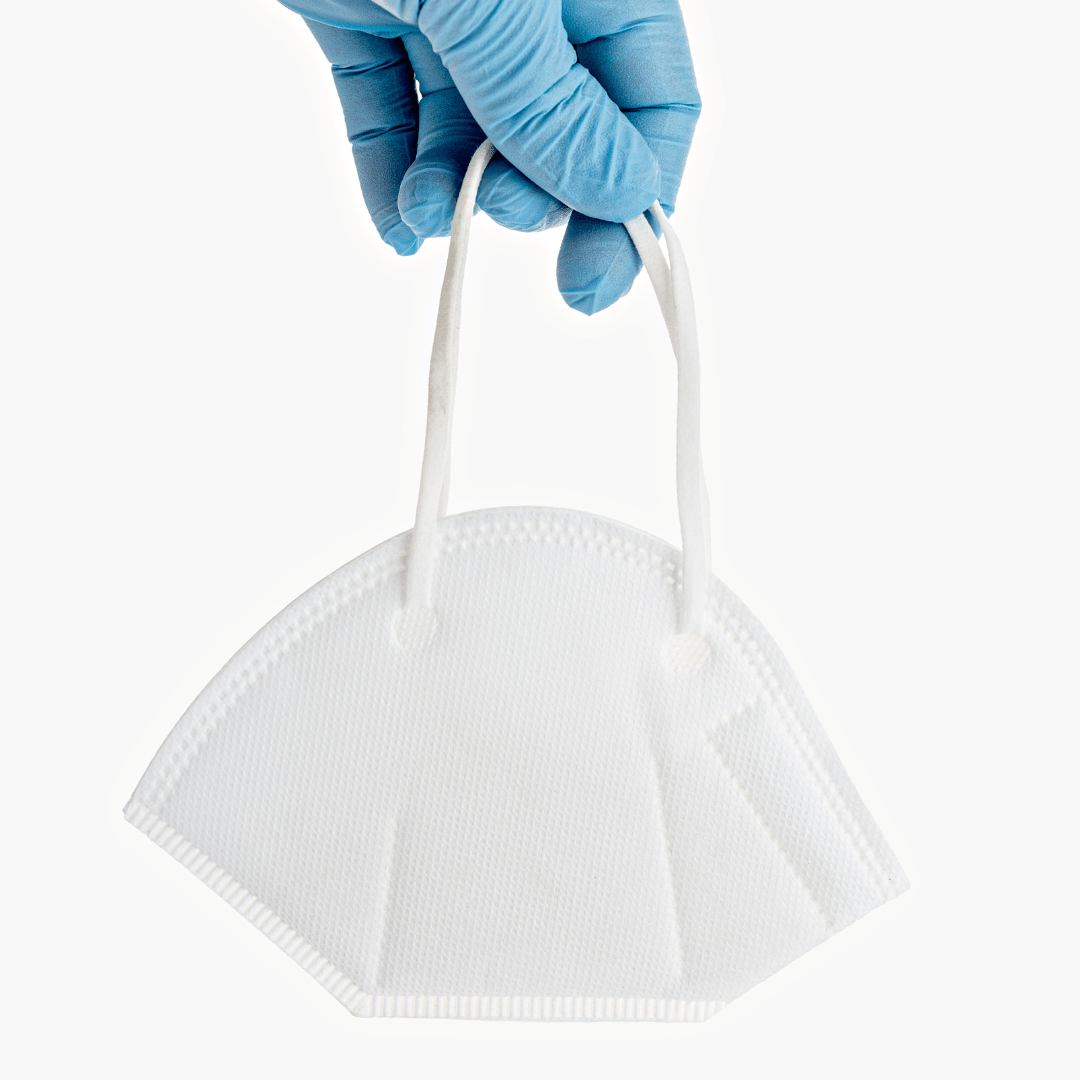Can You Reuse N95, KN95, and Surgical Masks?

Understanding when and how to reuse n95, kn95, and surgical masks can be daunting. This guide provides insights to help you maximize the effectiveness of your face masks while ensuring safety.
Understanding N95, KN95, and Surgical Masks
N95 and KN95
N95 and KN95 masks are high-performance respirators that enhance protection against viral particles.
The key difference between these masks lies in their certification. N95 masks are certified by the US, while KN95 masks are approved in China.
Both masks are designed to filter out a high percentage of airborne particles, providing superior protection compared to traditional cloth masks.
Surgical masks
Surgical masks are face coverings healthcare professionals use to provide a physical barrier between the wearer and any contamination in the immediate environment.
Surgical masks are rated based on their bacterial filtration and fluid barrier capabilities.
Before you buy a face mask, it’s important to consider your potential exposure to hazards and your comfort level.
Are Surgical Masks Reusable?
Surgical masks should be disposed of after each use. They are designed to be single-use and should be thrown out after becoming soiled with infectious droplets. Be sure to fold the mask inwardly to prevent the accidental spread of disease.
If severe shortages demand the reuse of surgical masks, some healthcare facilities have experimented with using ultraviolet (UV) light, alcohol, or hydrogen peroxide to decontaminate masks.
In general, don’t attempt to disinfect a surgical mask, as some at-home methods can damage the mask’s effectiveness.
Why N95 and KN95 Masks?
N95 and KN95 masks are made of synthetic polymer fibers, arranged in a web-like structure to trap viral particles. They are specifically designed to provide a snug fit around the wearer’s mouth, nose, and chin, creating a seal that significantly reduces the risk of viral transmission.
In contrast to cloth masks, N95 and KN95 masks have a special static charge that attracts and traps particles. This electrostatic feature enhances the masks’ ability to filter out viral particles, thus providing superior protection.
The Lifespan of N95 and KN95 Masks
N95 and KN95 masks are most effective when used once. However, given the current circumstances and mask shortages, the Centers for Disease Control and Prevention (CDC) has suggested that these masks can be reused safely.
The CDC currently advises that N95 and KN95 masks should not be worn more than five times. However, this recommendation is highly dependent on the condition of the mask after each use. If a mask becomes damp, visibly dirty, or damaged, it should be replaced immediately.
Proper Usage of N95 and KN95 Masks
To maximize the effectiveness of N95 and KN95 masks, it’s crucial to use them properly. When putting on a new mask, ensure it fits snugly around your mouth, nose, and chin. Once the mask is on, try to avoid touching it as much as possible.
When taking off the mask, handle it by the edges or straps and avoid touching the front and inside of the mask. After removing the mask, remember to wash or sanitize your hands thoroughly.
Reusing N95 and KN95 Masks Safely
While N95 and KN95 masks are designed for single use, certain circumstances may require reuse. If you plan to reuse your mask, several important factors must be considered, including sanitation, storage, and inspection for wear and tear.
Sanitation
Unlike cloth masks, N95 and KN95 masks cannot be washed. Washing these masks would cause the special static charge to dissipate, reducing their effectiveness. Instead, let the mask air out in a clean, dry place.
Storage
Proper storage is key to maintaining the effectiveness of your mask between uses. Store your mask in a breathable environment, such as a paper bag, to help keep it clean and protected. Avoid storing your mask in an airtight container, as this can promote the growth of microbes.
Inspection for Wear and Tear
Regularly check your mask for signs of wear and tear. If the mask has stretched-out straps, stains, soiling, or fraying, it may no longer provide full protection and should be replaced.
When to Replace Your N95 or KN95 Mask
Knowing when to replace your N95 or KN95 mask is crucial. If the mask becomes visibly dirty, damaged, stained, or damp, it’s time to replace it.
Moreover, if you’ve come in close contact with an infected individual while wearing the mask, opting for a new one is safe.
N95 and KN95 masks are widely available in stores and online. Be sure to purchase your masks from reputable sources to ensure they meet the advertised standards.
Alternatives to N95 and KN95 Masks
If you cannot buy N95 or KN95, consider other high-performance masks like KF94s or surgical masks. KF94 masks provide comparable protection levels and are a good alternative.
Conclusion
While N95 and KN95 masks provide enhanced protection against COVID-19, their effectiveness can be greatly reduced if not used and maintained properly. By following the above guidelines, you can ensure that you’re getting the most out of your masks while keeping you and those around you safe.
Remember, the best way to protect yourself and others from COVID-19 is by combining mask usage with other preventive measures, such as frequent handwashing and social distancing. Stay safe!
